Crown Cementation: Please Refer To Clinical Guidelines And Tricks
Crown cementation is a crucial step in restorative dentistry, as this process directly impacts the durability, aesthetics, and functionality of the dental crown. Dental cement acts as the primary anchor, securing the crown to the existing tooth, thereby restoring the tooth’s original shape and function. In this comprehensive guide, we will explore the key aspects of the crown cementation process, including understanding the types of dental cement, selecting the appropriate cement for each restoration, the crown cementation procedure, and post-cementation care instructions. All of this will be covered in detail in this blog.
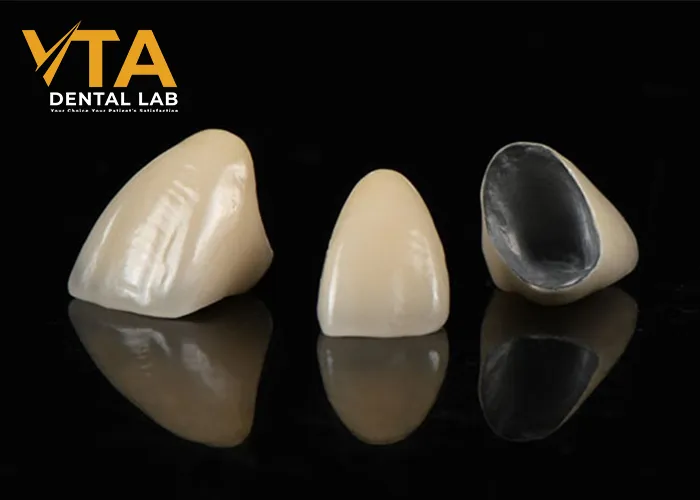
Types Of Dental Cement And Guidelines For Selection Of Cementing Agents
Types Of Dental Cement
Advancements in digital technology, along with the development of various dental materials, have led to the creation of diverse types of dental cement tailored to the properties and functions of each material, here are some commonly used dental cement in crown cementation:
- Glass Ionomer Cement (GIC)
- Resin-Modified Glass Ionomer Cement (RMGIC)
- Resin Cement
- Zinc Phosphate Cement
- Polycarboxylate Cement
- Self-Adhesive Resin Cements
Guidelines For Selection Of Cementing Agents
Choosing the right cement adhesive is crucial for the long-term success of crown restorations. Several factors need to be considered, including the type of crown material, aesthetic requirements, maintenance needs, and the preferences of the clinician. Each type of cement has its advantages and limitations, and the selection should be based on a deep understanding of the specific clinical situation that will help achieve the best results in the crown cementation process.
Glass Ionomer Cement (GIC)
Glass Ionomer Cement (GIC) has lower bond strength compared to resin cement, but it offers certain advantages such as biocompatibility and the unique property of releasing fluoride ions, which help prevent secondary caries. It has good adhesion to tooth structure and is commonly used for cementing metal crowns or porcelain-fused-to-metal (PFM) crowns in non-aesthetic areas.
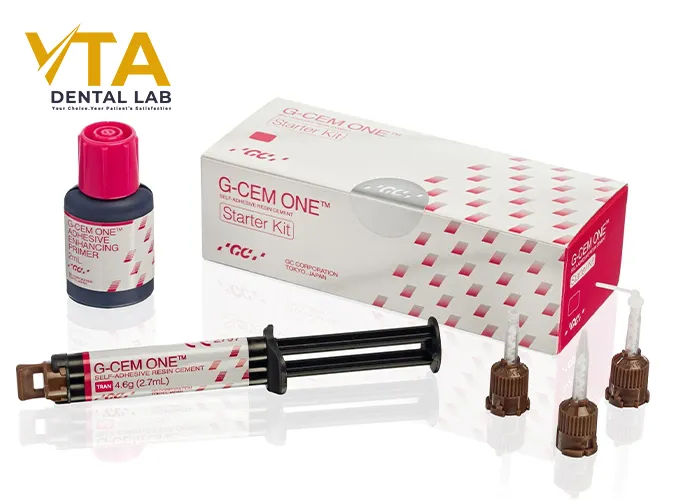
Glass Ionomer Cement (GIC)
Resin-Modified Glass Ionomer Cement (RMGIC)
Combining the benefits of resin cement and glass ionomer cement, Resin-Modified Glass Ionomer Cement (RMGIC) offers improved aesthetics, higher bond strength, and enhanced mechanical properties compared to conventional GIC. RMGIC is commonly used for cementing crowns and bridges, especially when fluoride release and moderate strength are required.
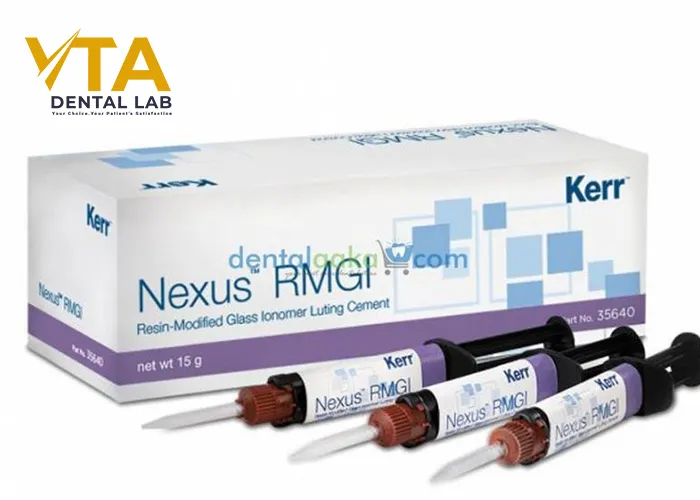
Resin-Modified Glass Ionomer Cement (RMGIC)
Resin Cement
It is a type of cement widely used in the crown cementation process due to its excellent aesthetic properties, high bond strength, and versatility, available in both light-cured and dual-cured forms. These cements have good translucency and color stability, along with strong bonding capabilities, making them suitable for restorations where aesthetics are crucial, as well as materials like ceramics, porcelain, and composites.
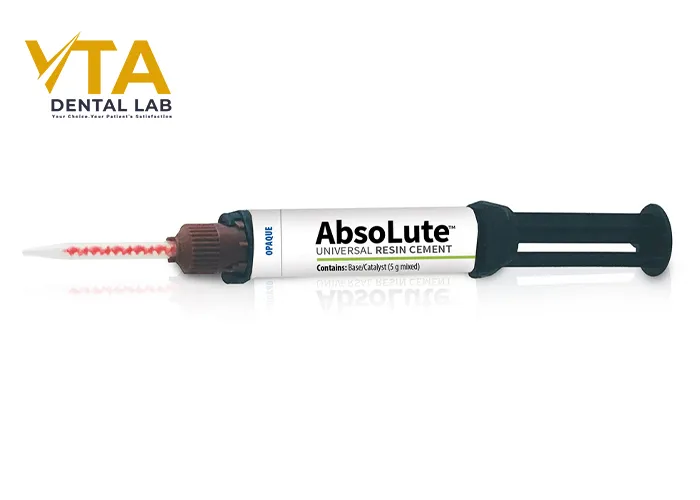
Resin Cement
Zinc Phosphate Cement
Zinc Phosphate Cement is a type of cement with high compressive strength, good retention, and excellent thermal insulation, making it widely used for many years. However, it has limitations in aesthetics and may cause pulp irritation, so it is typically used for cementing metal crowns and bridges, especially in posterior areas where aesthetics are less of a concern.
Polycarboxylate Cement
Polycarboxylate Cement is a type of cement with good biocompatibility and minimal pulp irritation, forming a chemical bond with both the tooth structure and metal crowns. It has moderate strength and is known for its excellent marginal adaptation. However, its aesthetic properties are not as favorable as resin cement or glass ionomer cement.
Self-Adhesive Resin Cements
Self-Adhesive Resin Cement is a relatively new type of dental cement. These cements rely on self-etching or self-priming properties to bond with tooth structure and crown materials, eliminating the need for separate etching and bonding steps, thus simplifying the cementation process. Self-Adhesive Resin Cements are commonly used for cementing metal crowns, zirconia restorations, and other non-porous materials.
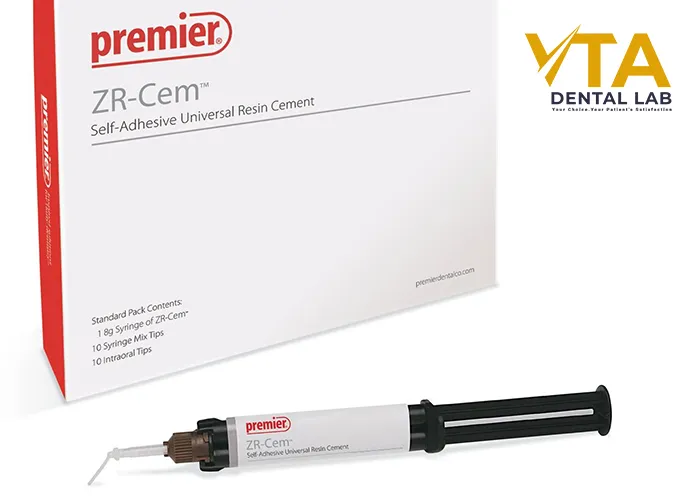
Self-Adhesive Resin Cements
Crown Cementation Workflow
Preparing The Crown
To prevent contamination from phosphates in saliva, which have a strong affinity for zirconia and can cause chemical reactions that hinder adhesion, all crowns must be decontaminated (through air abrasion, zirconia cleaning solutions, and hydrofluoric acid). Next, sandblast the inner surface of the zirconia crown with aluminum oxide at a pressure of 2.5 bar to remove any residues and create a rough surface to enhance adhesion. Then, clean the restoration with steam and allow it to dry completely before cementation.
Pretreating The Tooth
Mechanical cleaning with pumice powder: After removing the temporary crown, clean thoroughly to eliminate any residual temporary cement, anesthetic agents, hemostatic agents, and disinfectants. This ensures the best possible conditions for optimal adhesion.
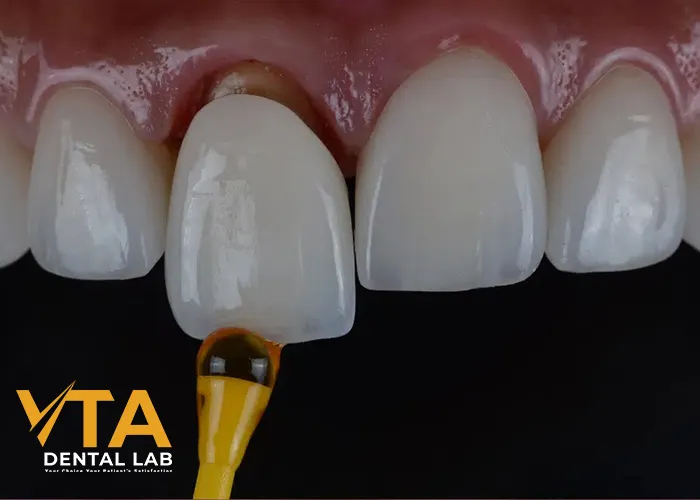
Apply Cement And Seat The Crown
Dispense a small amount of cement onto a mixing pad to ensure the mixture is thoroughly blended, achieving the proper consistency for easy handling and application. Next, apply the cement directly to the internal surface of the zirconia crown. Press the crown firmly into place with your finger, ensuring that all areas in contact with the tooth are covered until the crown is securely bonded to the tooth.
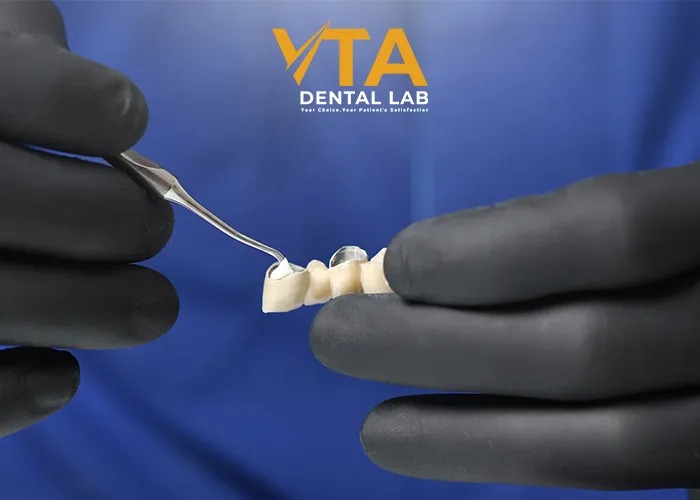
Clean Up
Tack the cure for 1-2 seconds. Stay within the recommended tack cure time, otherwise, clean-up will be extremely difficult. For a controlled curing time, use an LED curing light. Finally, remove the excess cement with a scaler while holding the crown in place. Light cure the tooth for 20 seconds per surface or wait 6 minutes from the start of the mix for a dark cure. Finish and polish the restoration as needed.
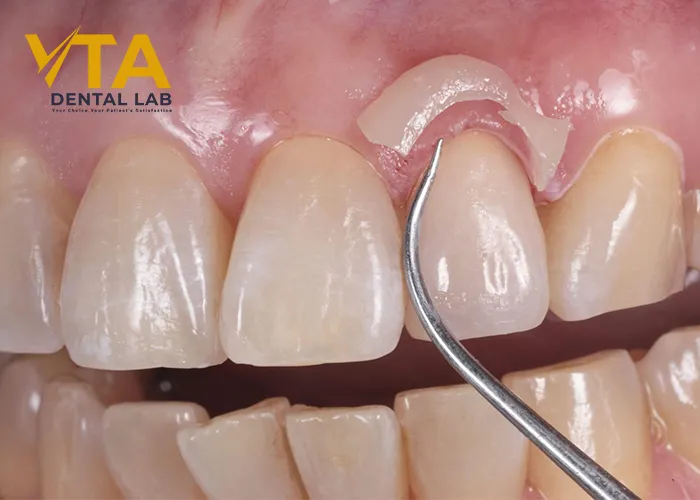
Post-Cementation Care
After cementing the crown, proper post-operative care is essential to ensure the longevity of the restoration. This includes instructing the patient on oral hygiene practices, monitoring occlusal contact points, and scheduling regular follow-up visits to assess the integrity of the crown and surrounding tissues. Additionally, patients should be educated about potential complications, such as crown debonding, cement washout, or sensitivity, and the importance of promptly reporting any issues.
However, complications can still arise during crown cementation, such as inadequate retention, marginal gaps, or improper occlusion. Timely identification and appropriate corrective measures, such as crown removal, recommendation, or adjustments, are critical to preventing further complications.
Finally, we hope this blog will help dentists understand the advantages and disadvantages of different types of dental cement, allowing them to choose the most suitable cement for their patients while streamlining and enhancing the efficiency of their clinical procedures. If you need any assistance with dental products, contact the experienced technicians at VTA Dental Lab today for timely support.